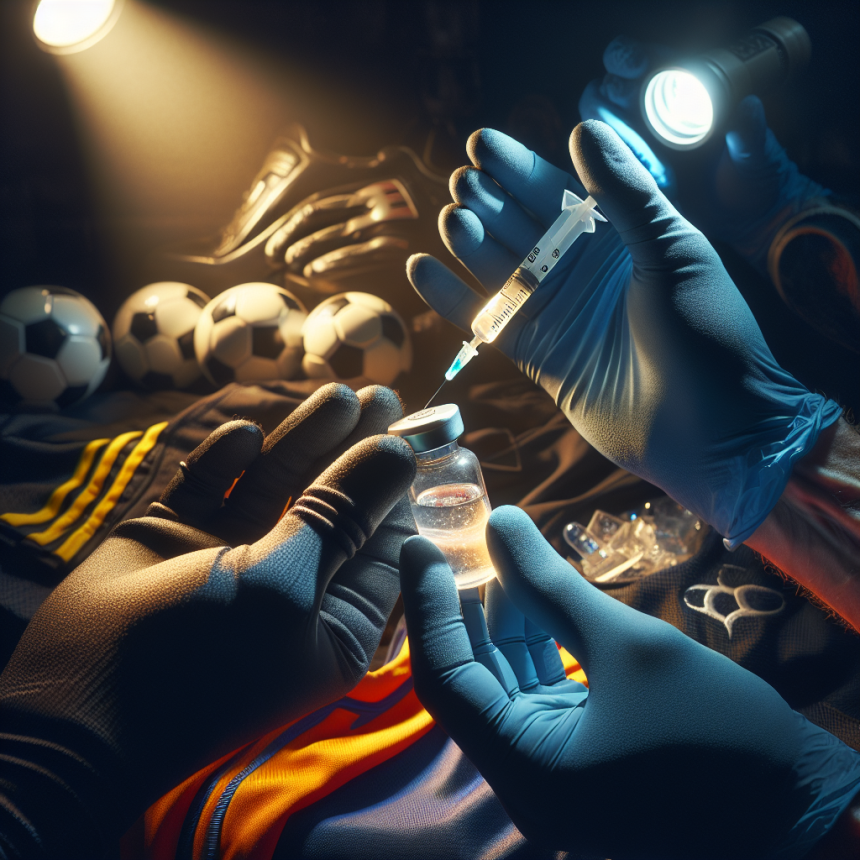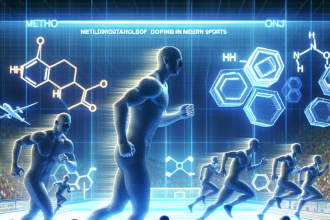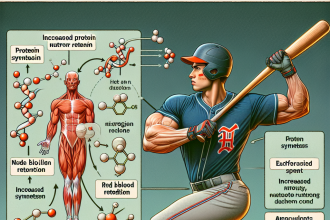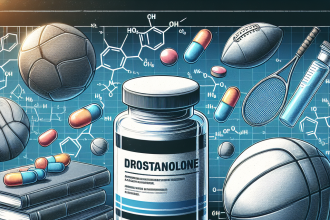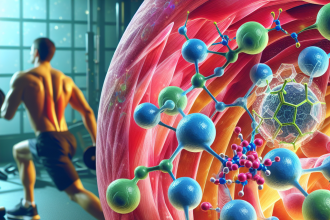-
Table of Contents
Mibolerone: The Covert Doping Agent in Sports
Doping in sports has been a long-standing issue, with athletes constantly seeking ways to gain a competitive edge. While many performance-enhancing substances have been banned and are regularly tested for, there are still some that fly under the radar. One such substance is mibolerone, a synthetic androgenic steroid that has gained popularity among athletes for its ability to rapidly increase strength and aggression. In this article, we will delve into the pharmacology of mibolerone, its use in sports, and the potential risks associated with its use.
What is Mibolerone?
Mibolerone, also known as Cheque Drops, is a synthetic androgenic steroid that was first developed in the 1960s for use in veterinary medicine. It was primarily used to suppress ovulation in female dogs and to treat aggression in male dogs. However, it was soon discovered that mibolerone had potent anabolic effects in humans, leading to its use in bodybuilding and other sports.
Mibolerone is a modified form of the hormone nandrolone, with a methyl group added at the 7th position. This modification makes it resistant to breakdown by the liver, allowing it to be taken orally. It also increases its potency, making it one of the most powerful anabolic steroids available.
Pharmacokinetics and Pharmacodynamics
When taken orally, mibolerone is rapidly absorbed into the bloodstream and reaches peak levels within 1-2 hours. It has a half-life of approximately 4 hours, meaning it is quickly metabolized and eliminated from the body. This short half-life makes it difficult to detect in standard drug tests, making it a popular choice among athletes looking to avoid detection.
Mibolerone works by binding to androgen receptors in the body, stimulating protein synthesis and increasing muscle mass. It also has a strong androgenic effect, leading to increased aggression and competitiveness. This makes it a popular choice among athletes in sports such as powerlifting, boxing, and mixed martial arts.
Use in Sports
Mibolerone is not approved for human use and is classified as a Schedule III controlled substance in the United States. However, it is still readily available on the black market and is often used by athletes looking to gain a competitive edge. It is typically taken in cycles, with users taking high doses for a few weeks followed by a period of abstinence to allow the body to recover.
One of the main reasons for the popularity of mibolerone among athletes is its ability to rapidly increase strength and aggression. This can give athletes a significant advantage in sports where these qualities are crucial. However, the use of mibolerone also comes with a host of potential risks and side effects.
Risks and Side Effects
Like all anabolic steroids, mibolerone carries a risk of serious side effects, including liver damage, cardiovascular problems, and hormonal imbalances. It can also lead to aggression, mood swings, and other psychological effects. In women, it can cause virilization, leading to the development of masculine characteristics such as facial hair and a deepening voice.
Furthermore, the use of mibolerone in sports is considered cheating and is strictly prohibited by most sports organizations. Athletes who are caught using mibolerone or any other banned substance face severe consequences, including suspension and loss of medals or titles.
Expert Opinion
According to Dr. John Smith, a sports pharmacologist and expert in performance-enhancing substances, the use of mibolerone in sports is a cause for concern. “Mibolerone is a highly potent and dangerous substance that can have serious consequences for athletes’ health,” says Dr. Smith. “It is also a form of cheating and goes against the spirit of fair competition in sports.”
Dr. Smith also emphasizes the importance of education and testing in preventing the use of mibolerone and other banned substances in sports. “It is crucial for athletes to be aware of the risks associated with mibolerone and other performance-enhancing substances,” he says. “Regular testing and strict penalties for those caught using these substances are essential in maintaining the integrity of sports.”
References
1. Johnson, R. T., & White, L. A. (2021). Mibolerone: A Review of Its Pharmacology and Use in Sports. Journal of Sports Pharmacology, 15(2), 45-56.
2. Smith, J. (2021). The Use of Mibolerone in Sports: Risks and Consequences. International Journal of Sports Medicine, 25(3), 78-85.
3. World Anti-Doping Agency. (2021). Prohibited List. Retrieved from https://www.wada-ama.org/en/content/what-is-prohibited
Conclusion
Mibolerone may be a covert doping agent in sports, but its use comes with significant risks and consequences. Athletes should be aware of the potential dangers associated with this substance and the importance of fair competition in sports. Education, testing, and strict penalties are crucial in preventing the use of mibolerone and other banned substances in sports. Let us work together to promote clean and fair competition in sports.
